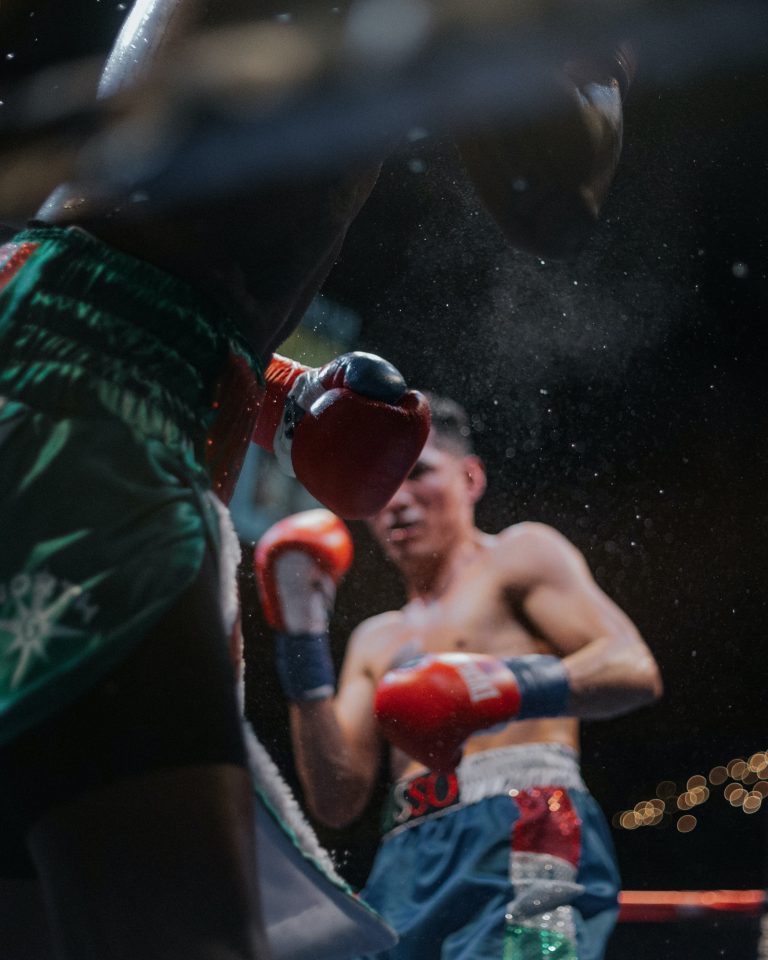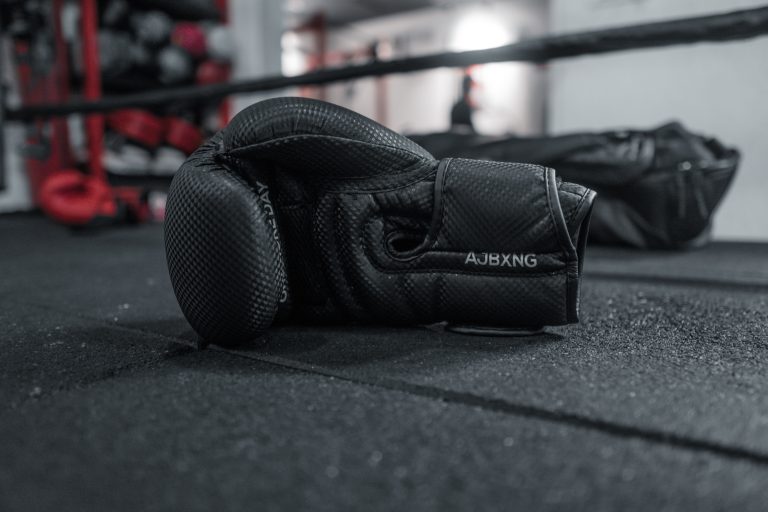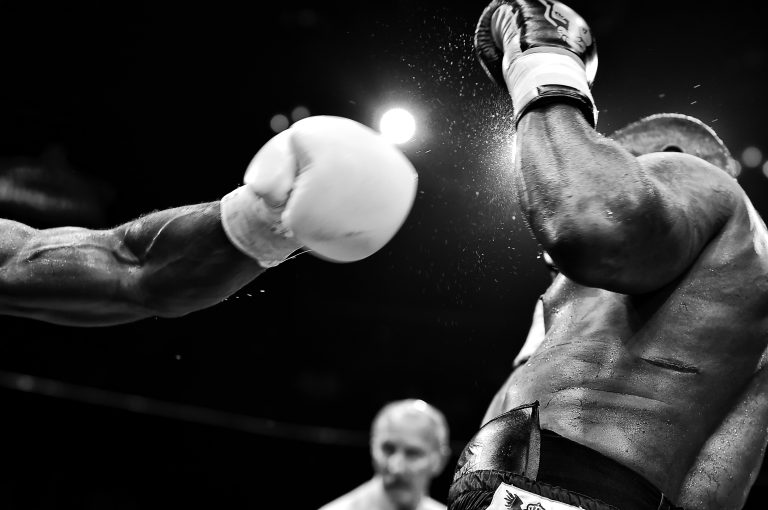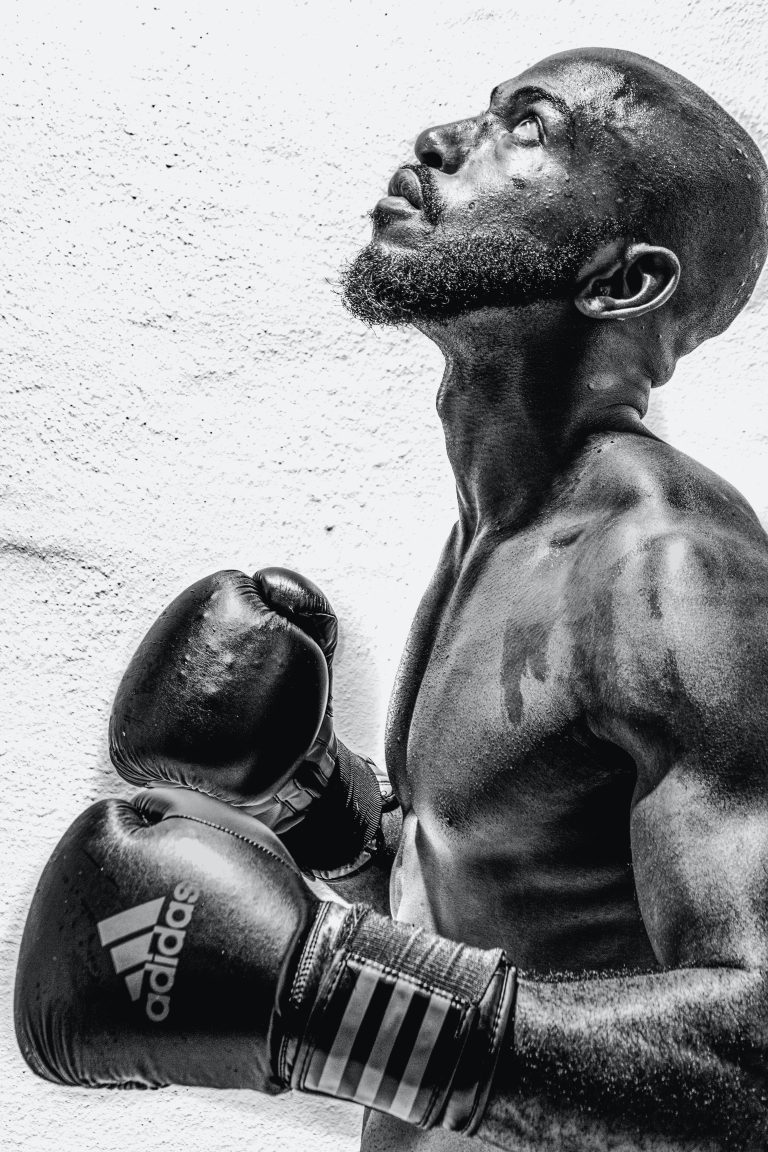What Does Kai Mean in Japanese Karate?
Karate is a popular martial art that originated from the Ryukyu Islands in Okinawa, Japan. It is known for its powerful strikes, intricate forms, and intense physical and mental training. When studying karate, one may come across the term „kai“ which has important significance in the karate practice.
In this article, we will explore the meaning of „kai“ in Japanese karate and how it relates to the practice.
What is Kai in Japanese?
In Japanese, „kai“ (会) means „meeting“ or „gathering.“ It implies bringing together people or ideas for a common purpose. „Kai“ is a common suffix in Japanese organization names, indicating groups that are united by a common interest or goal.
In the context of Japanese karate, „kai“ refers to an organization or association of individuals who share a common interest in karate. It is a community of practitioners who come together to learn, train, and compete with one another.
Types of Kai in Karate
There are several types of „kai“ in Japanese karate, each representing a specific organization or style of karate. Here are some examples:
JKA – Japan Karate Association
The Japan Karate Association (JKA) is one of the largest and most well-known karate organizations in the world. It was founded in 1949 by Master Gichin Funakoshi, the founder of Shotokan karate. The JKA is dedicated to promoting and preserving traditional karate techniques and values.
WKF – World Karate Federation
The World Karate Federation (WKF) is the international governing body for competitive karate. It was established in 1990 and is responsible for organizing and regulating major karate events such as the World Karate Championships.
Shito Kai
Shito Kai is a style of karate that was founded by Kenwa Mabuni in the early 1900s. It combines elements of the Shuri-te and Naha-te styles of Okinawan karate. Shito Kai is known for its circular movements, sharp strikes, and rapid footwork.
The Importance of Kai in Karate
In addition to representing a specific organization or style of karate, „kai“ has a deeper significance in the karate practice. It represents the idea of community and the importance of coming together to achieve a common goal.
In karate, practitioners learn not only physical techniques, but also mental and spiritual values such as discipline, focus, respect, and humility. Being part of a „kai“ helps to reinforce these values and creates a sense of camaraderie among practitioners.
Furthermore, being a member of a „kai“ allows practitioners to participate in competitions and events, which help to improve their skills and gain recognition for their achievements. The shared experience of training and competing with other members of the „kai“ creates a strong bond among practitioners, and helps to strengthen the karate community as a whole.
What Does Kai Mean in Japanese Karate?
Introduction
Karate is a martial art that originated in Okinawa, Japan, but has now become popular all around the world. The term „kai“ is one that is frequently used in the practice of karate. It is a Japanese word that has taken on several meanings over time. In this post, we will answer the most frequently asked questions about what kai means in Japanese karate.
What is the Meaning of the Word Kai?
The most basic meaning of the word kai is „group“ or „assembly“. In the context of karate, it refers to a club or an association of practitioners of the art. For example, if you are a member of a karate club, you may be a part of a kai.
What is the Purpose of a Kai?
The purpose of a kai is multifaceted. First and foremost, a kai creates a community of karate practitioners who can support and encourage each other in their practice. A kai may also create opportunities for practitioners to compete with one another in a structured and controlled environment, such as a karate tournament.
How is Kai Used in Karate?
In karate, the word kai is most commonly used to refer to the name of a particular dojo or club. For example, if you belong to a karate club called „Shorinji Kan,“ you could say you are a member of the Shorinji Kan kai.
Another way in which Kai is used in karate is through the term „senpai-kohai kai“. This is often used to refer to the relationship between senior and junior members of a karate club. Seniors are referred to as „senpai“, and juniors as „kohai“.
What is the Role of Kai Leaders?
Each kai is typically led by a senior member who is responsible for organizing events, classes, and other activities related to the practice of karate. The leader may also oversee the promotion of members within the kai to higher ranks based on their skill level and dedication.
In some cases, leaders of a kai may be affiliated with a larger organization or governing body, such as the Japan Karate Association (JKA).
What does Kai mean in Japanese Karate?
If you’re interested in learning Karate, it is essential to understand the meaning of certain words frequently used in this martial art. One such term is „Kai“ (会) in Japanese, which you may have heard your Sensei or fellow Karateka mention in the Dojo. In this blog post, we will dive into the definition, origin and use of Kai in Japanese Karate.
What is Kai in Japanese?
In Japanese, Kai (会) is a noun meaning „a gathering“ or „a meeting“. You may have heard of the word „Kaizen“ (改善), which means „continuous improvement“, and „Ekaiwa“ (英会話), which refers to English conversation. The same „kai“ character 会 is used in all these words.
Origins of Kai in Japanese Karate
In martial arts, such as Karate, Kai (会) has a unique meaning related to the practice and training of the style. Kai in Japanese Karate means an organization, association or a club. It refers to a group of individuals who have come together to learn, practice and teach the art of Karate. The Kai could be a dojo (training hall), a federation or a league, and often has a hierarchy, which symbolizes the order of seniority, skills and experience in Karate.
The use of Kai in Japanese Karate has its roots in the ancient feudal period of Japan. At that time, there were numerous martial arts schools across Japan, and students learned from different teachers who modified and developed new techniques that were unique to their schools. As students graduated from their schools, they would form their Kai to promote their style and to compete against other schools or Kai. Over time, the Kai became more organized, and rules governing Karate styles‘ practice and competition were established.
Types of Kai in Japanese Karate
There are different types of Kai in Japanese Karate. Here is a brief overview of the most common types:
1. Dojo Kai:
A Dojo Kai is a martial arts training hall or club that focuses on teaching Karate. Most Dojos have their Kai, which includes students and instructors who practice together and follow a set of rules and etiquettes.
2. Renmei Kai:
Renmei Kai is a federation or alliance of several Dojo Kai or Karate clubs that have come together to promote the art of Karate. Renmei Kai is responsible for setting up standards for uniforms, gradings, tournaments, and other Karate-related activities.
3. Shibu Kai:
A Shibu Kai refers to a branch or affiliate of Renmei Kai. It may have one or more Dojo Kai under its umbrella and is responsible for promoting and teaching Karate in its area.
4. Kokusai Kai:
Kokusai Kai is an international organization or league of several countries that follow the same Karate style or lineage. Kokusai Kai members cooperate and compete with each other under a set of rules and regulations.
Conclusion
In conclusion, Kai in Japanese Karate denotes an association, organization or club of Karate practitioners who have come together to learn, practice and teach the art of Karate. Understanding the meaning and origins of Kai is crucial for Karateka as it helps them to appreciate the customs, hierarchy and structure of the Martial art. If you’re interested in learning Karate, consider joining a Dojo Kai, which offers quality training, companionship and a chance to be part of a larger Karate community.
Inhaltsverzeichnis






